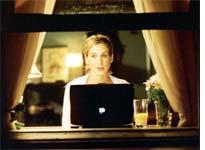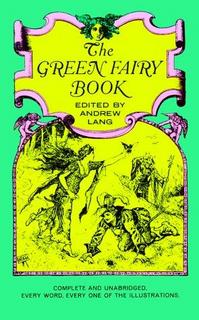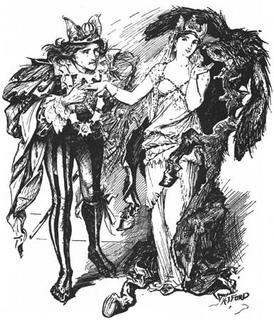
I hate for this to be all about me, but . . .
let’s talk about me.
My book, A Singular Lady, comes out in stores in less than two weeks. Ten days, to be exact, but who’s counting? My editor sent me one copy of it, which is now crinkled, stained, and worn because I’ve been hauling it around to show off if anyone asks what I do besides stay at home with my son.
I’ve read a few bits of it, too, when I’ve been waiting for someone to ask me what I do besides stay at home with my son (um, did I say that? I meant waiting to save a puppy or make chocolate from scratch. That’s what I meant). It feels as if another person wrote it. I certainly don’t remember tapping out some of those words on the keyboard.
I do remember, however, when I knew I would finish writing it. I was at a music industry conference talking with a Very Important Music Journalist and I mentioned what I was doing in my theoretical spare time. I told her the bare concept–my heroine writes a column detailing her husband quest–and she replied, “Oh, Sex And The City in the Regency.”
A ha! I thought. That made it all so much clearer.
And thus was I introduced to the high concept, a buzzword that’s since been cutting a swath through writers’ conferences. The High Concept is a sentence, sometimes only a sentence fragment, that describes the book (or movie, or TV show) in a succinct, catchy way.
So when I pitched my book at those same writers’ conferences, I’d say “Sex And The City in the Regency,” and editors and agents would nod excitedly and ask me to send a partial and synopsis. Which is, in fact, how my book sold–I pitched it to an editor and an agent at the same conference and it sold to one and I got representation from the other.
So, if you’re a reader, how would you characterize your favorite book in a high concept sentence? If you’re a writer, do you think in high concept? What’s your latest project’s high concept? Do you find it easier to think in high concept, or is it just more work?
And while you’re thinking about that, I’ll be off saving a puppy.
Megan




